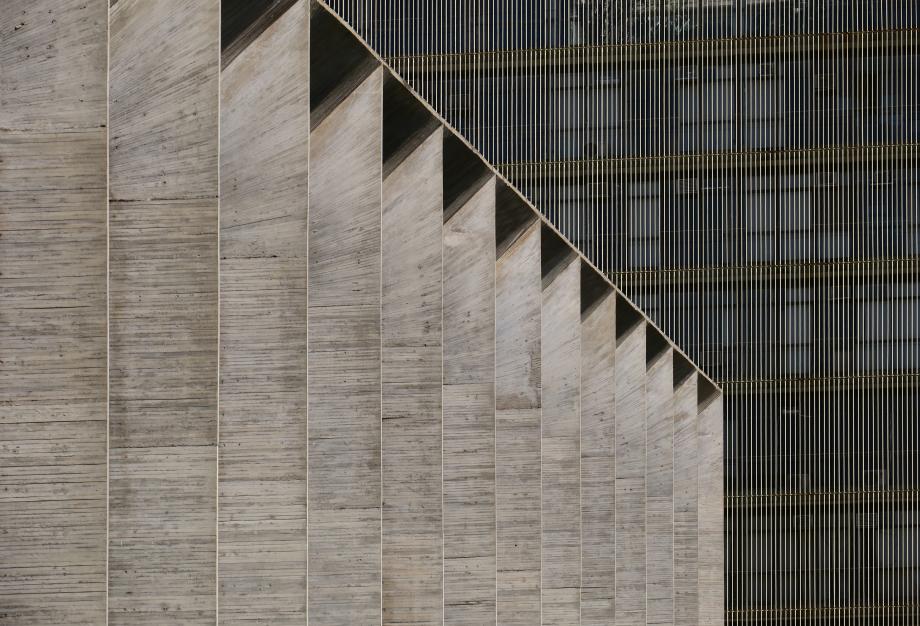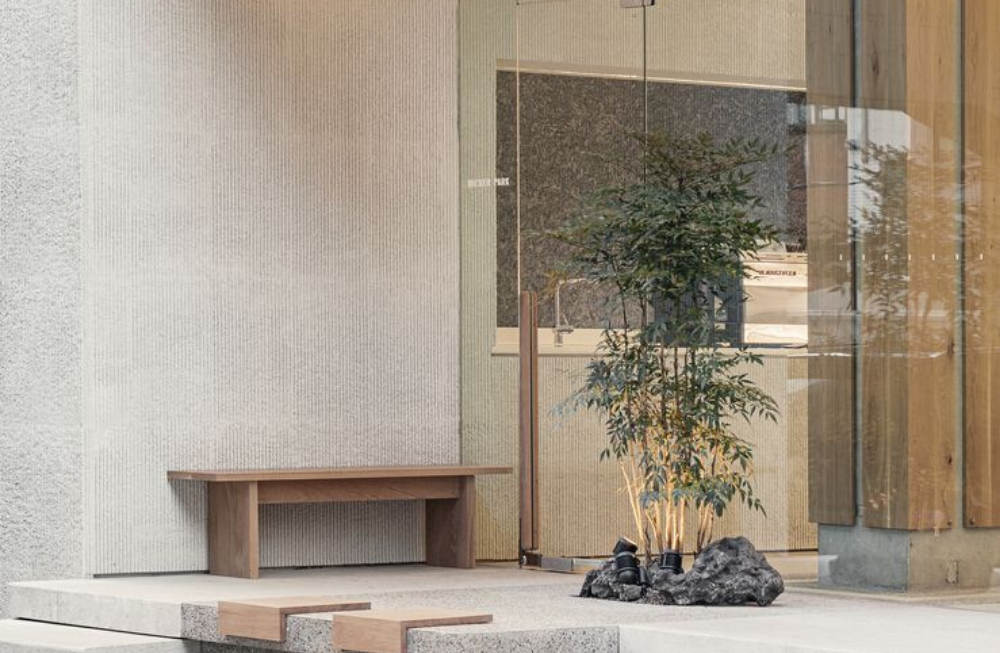4 min read
U and R Values & Energy Rating: What do they mean?
In the field of ESD, two terms which constantly appear are the U and R values of products, but what do these mean?...



To comply with Section J7, the report must provide detailed calculations and evidence that the lighting design does not exceed the maximum allowed lighting power density for each space within the building. The report also assesses the use of advanced lighting controls, such as occupancy sensors and daylight sensors, which can further improve energy efficiency by ensuring lighting is only used when necessary.
Section J7 sets strict limits on the lighting power density (LPD) for different areas of a building. The report will verify that the aggregate design illumination power load for artificial lighting does not surpass the sum of the allowances specified in the NCC. If advanced lighting controls are implemented, the report will detail how these controls contribute to increased energy savings and allow for adjustments to the LPD limits.

A comprehensive Section J7 report not only ensures compliance with the NCC but also supports the building approval process by providing certifiers and regulatory authorities with clear evidence of energy-efficient lighting design. Additionally, the report offers guidance to architects, designers, and builders on selecting the most effective lighting solutions and integrating modern technologies such as LED lighting.
Green, red, and once even bright pink, we have worked on projects from all walks of life in every State and Territory around Australia. Certified Energy has a portfolio of over 4000 Commercial projects, with each a bit of energy saved and a positive environmental outcome for us all.


Everything you need to know about obtaining a Section J Report for your project is now compiled in our Section J resource. Including:
To read more about Section J Requirements, click here


BCA Section J reports are generally conducted by highly qualified and experienced energy efficiency consultants. Energy efficiency consultants who perform Section J reports must have an in-depth knowledge of energy efficiency measures of both the mechanical and electrical systems of a building. Having knowledge of the thermal properties of building fabrics is also important.

The cost of the overall assessment of a building is dependant on its size and complexity and therefore requires a specific quote to be made. Prices for Section J reports range from $1200 to $4000 depending on the size and complexity of the project.
Also known as a Part J report, a section J report highlights the energy efficiency requirements for a Class 3, 5, 7, 8 and 9 building (commercial), this is defined by Section J (or Part J) of Volume One of the National Construction Code (NCC), formally known as the Building Code of Australia (BCA). Section J Method of Compliance (Deemed to Satisfy) is used when the Evidence of Suitability method using the Deemed to Satisfy (DtS) Provisions of Part J of the Energy Efficiency section of the NCC Volume 1 have been chosen as the most appropriate method to assess the compliance of the proposed development.
The Building Code of Australia outlines that Section J reports should be prepared using Deemed-to-Satisfy (DtS) provisions and verification using a reference building (JV3) verification methodology.
At Certified Energy, we prepare Section J Compliance reports using both methods.
As Australias climate is varied, this leads to different locations having different heating and cooling requirements. As such, the energy efficiency DtS provisions vary regarding location. The NCC have classed these locations into 8 zones.
Find out more about the climate zones of the NCC here.
In the field of ESD, two terms which constantly appear are the U and R values of products, but what do these mean?...
What’s the difference between a Section J and JV3?
A JV3 assessment and a Section J assessment are both methods of...
What is a Section J Report exactly, and when is it required? In this article, we're going to discuss:
FOR IMMEDIATE RELEASE
Sydney, 11 March 2025
Certified Energy is pleased to announce our...